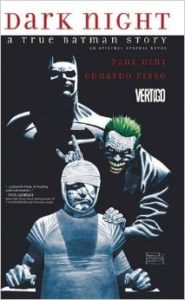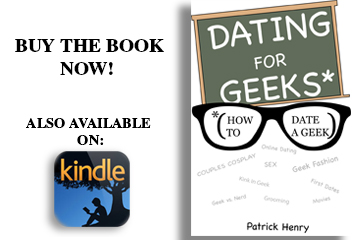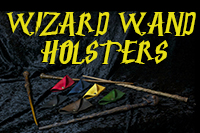dark night: a true batman story review!
Jondee here at Warner Bros. Animation,
Paul Dini is a central figure with Batman: The Animated Series and it’s placement in the Batman mythos. The graphic novel is released under the Vertigo label not DC Comics for its mature content, language, and personal exploration. The title is a nod to the classic cliche “A dark and stormy night” and Batman’s moniker Dark Knight. Dini presents Batman as the judgmental voice of his conscious and the Joker as the trickster voice of critique. Both are depicted behind the bandaged form of Dini on the cover. He has on his artistic side Eduardo Risso, the artist known for working on Azzarello’s 100 Bullets and the Batman: Scars story by the same team in Batman: Gotham Knight #8. He has to cover the cartoonish imagination of Dini to the graphic realism of his real life beating at night. This is Dini working out his life, it is in part revealing the darker parts of his private life and just touching upon his public life as a writer for animation. The graphic novel begins with a splash page closeup of Dini’s injured face, details of his injuries and upcoming surgery. This moves to cartoon renders of the Joker and Harley Quinn. It resolves to Dini giving what looks like a lecture to animation students (or you) presenting his story in storyboard form. Then, he relates himself as an elementary school student, a simple rendering in black and white while the other kids are in tan colors. He thinks of himself as an Invisible Kid though it looks like a girl is friendly to him. Dini gives his childhood self some color getting into the figures of his imagination; Superman, Mowgli, and Sherlock Holmes all crowding his room. His life at school and home is brightened by cartoons and he encounters at a barbershop a Batman comic book.
This resolves to a splash page of the `66 Batman, this shifts into drawing, and meeting a psychologist and confronted by the Cesar Romero Joker. His father disapproves of his love of cartoons. He dreams of working at the legendary Termite Terrace, the classic Warner Bros. animation studio, and this shifts to working on Tiny Toons. This is a massive jump from dreams to actually working at a studio. It seems that in this autobiography that Dini isn’t interested in detailing those parts of his life, but it seems important to show how he went from dreamer to working in animation. This shifts back to his college days where he goes to see the Max Fleischer Superman and wondering if it could work for Batman. Dini lectures about the creation of Batman: The Animated Series. In the writer’s room, Dini brings a Batman bubble bath with Joker’s face to show them the wildest souvenir. He has Alan Burnett disapproving of his toys. This seems a harsh portrayal. He later talks to Burnett and talks to him about his date with an actress, Vivian, I’m thinking her name was changed to keep her identity anonymous. He then goes over his room which he calls a “Geek Nirvana.” He speaks to a therapist, Risso brings in a Mrs. Robinson angle with her legs. Dini speaks about Vivian next, we can see that she has little interest in him or animation, and really hopes for his connection to Steven Spielberg. After their date, Dini decides to walk home down a night street, he sees two men, but doesn’t want to walk a different way until they savagely beat him up. These scenes are brutal in almost Frank Miller fashion. He doesn’t get much of a response from the police, no one at home, he does call Arleen Sorkin, the voice of Harley Quinn, who offers to help him. It is apparent that this figure of Batman is selfish, handle it yourself, you don’t need others. Also strange that Dini mentions that his parents are in San Francisco, but his sister, Jane, is there for him in the hospital. Again, this rejection of people helping and there for him, to reinforce the lonely person identity. There is some of the creative process, all centered around Paul Dini’s life, and a clerk seems to give some inspiration for cartoons in the same way as Sullivan’s Travels (1941). A very powerful, but sad graphic novel. Four Batarangs out of Five!









